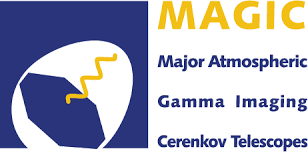Members
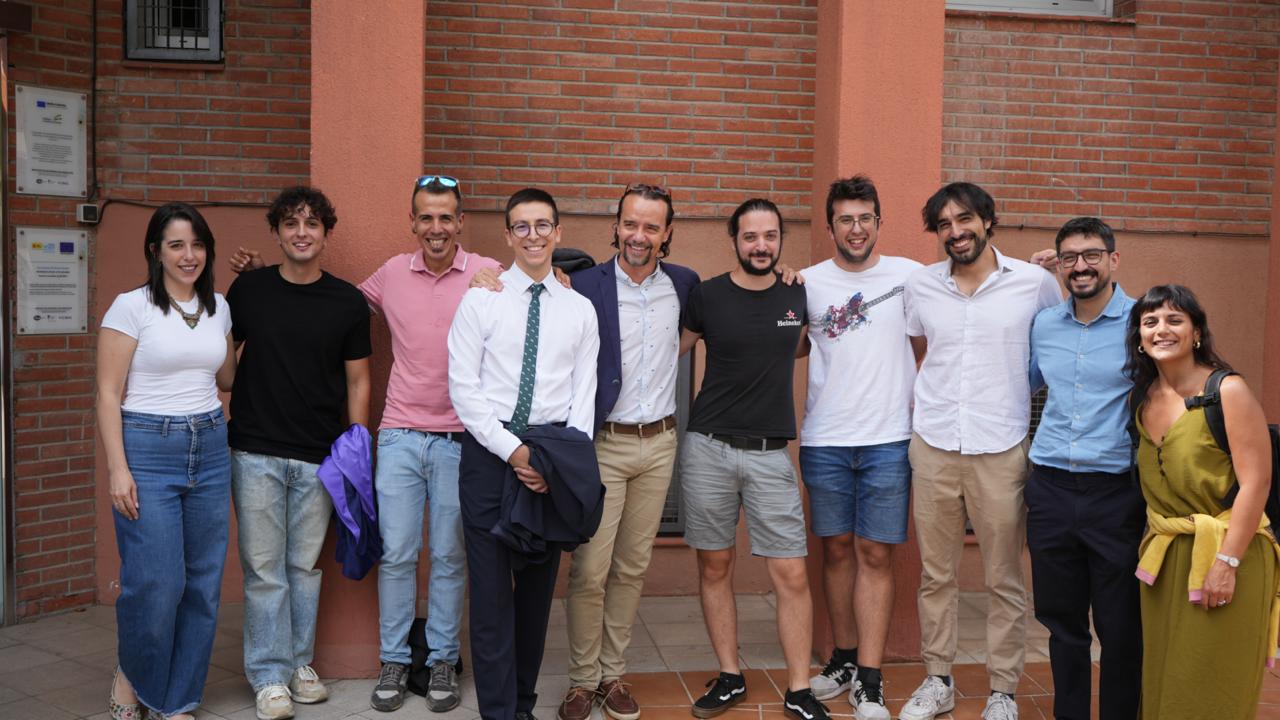
Current Members
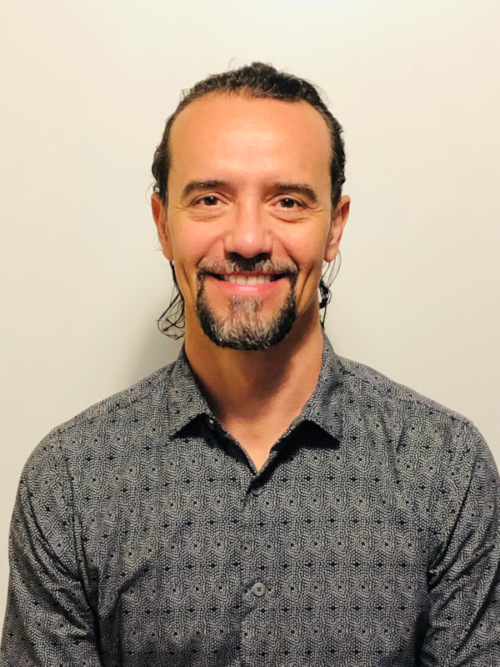
Senior Researcher of CSIC at the Institute for Astrophysical Research of Andalusia. He is founder and PI of the VHEGA Group at the institute and he represents the IAA in the CTA Consortium Board, the LST Steering Committee, and the MAGIC Collaboration Board, where the institute participates both in the construction (CTA), the commissioning (LST-CTA), and the scientific exploitation (LST-CTA and MAGIC). Agudo’s scientific specialty is focused on the Physics of relativistic jets in active galactic nuclei (in general), and blazars (in particular). This research is mainly conducted through observational approaches at all available spectral ranges, most of the times involving very high energy gamma ray observations, optical polarimetry, and millimeter wave and radio interferometric polarimetry. Regarding millimeter wave polarimetric studies, Agudo founded and currently leads the unique POLAMI International Collaboration at mm wavelengths in IRAM. He has supervised or is supervising 2 postdocs, 3 PhDs, and 3 Master theses, and has been invited dozens of times to present his line of research on recognized international conferences, not counting those that he has organized. Click here to go to Iván’s personal site.
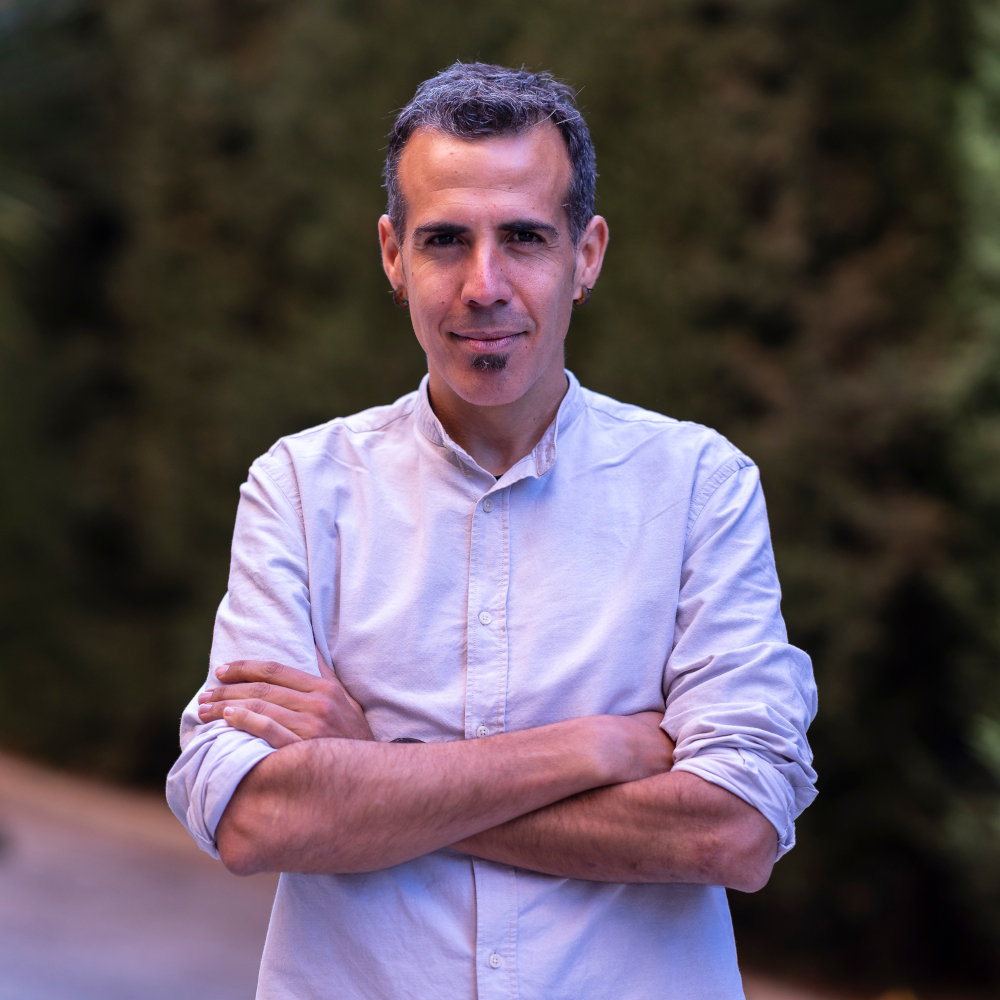
I have been involved in the Astroparticle Physics field for more than 10 years in which I have worked for several of the major very-high-energy gamma-ray collaborations in the world: MAGIC, H.E.S.S., HAWC, SWGO, LST and CTA. I have played different roles within these collaborations, from which I would like to highlight my leadership in galactic physics (coordinator of MAGIC, SWGO and LST) and software (Deputy coordinator of the Analysis Software of LST, Deep Learning coordinator of MAGIC, Analysis Quality Assurance referee of MAGIC and member of the MAGIC Software Board). I also belong to panels like the TAC of MAGIC or Physics Committee of the LST. My scientific interests are focused on the study of Cosmic Ray acceleration through measurements of the non-thermal spectrum of galactic sources, particularly those powered by pulsars and other compact objects, and their contribution to the Cosmic Ray flux measured at the Earth. For more information about me, please visit my webpage.
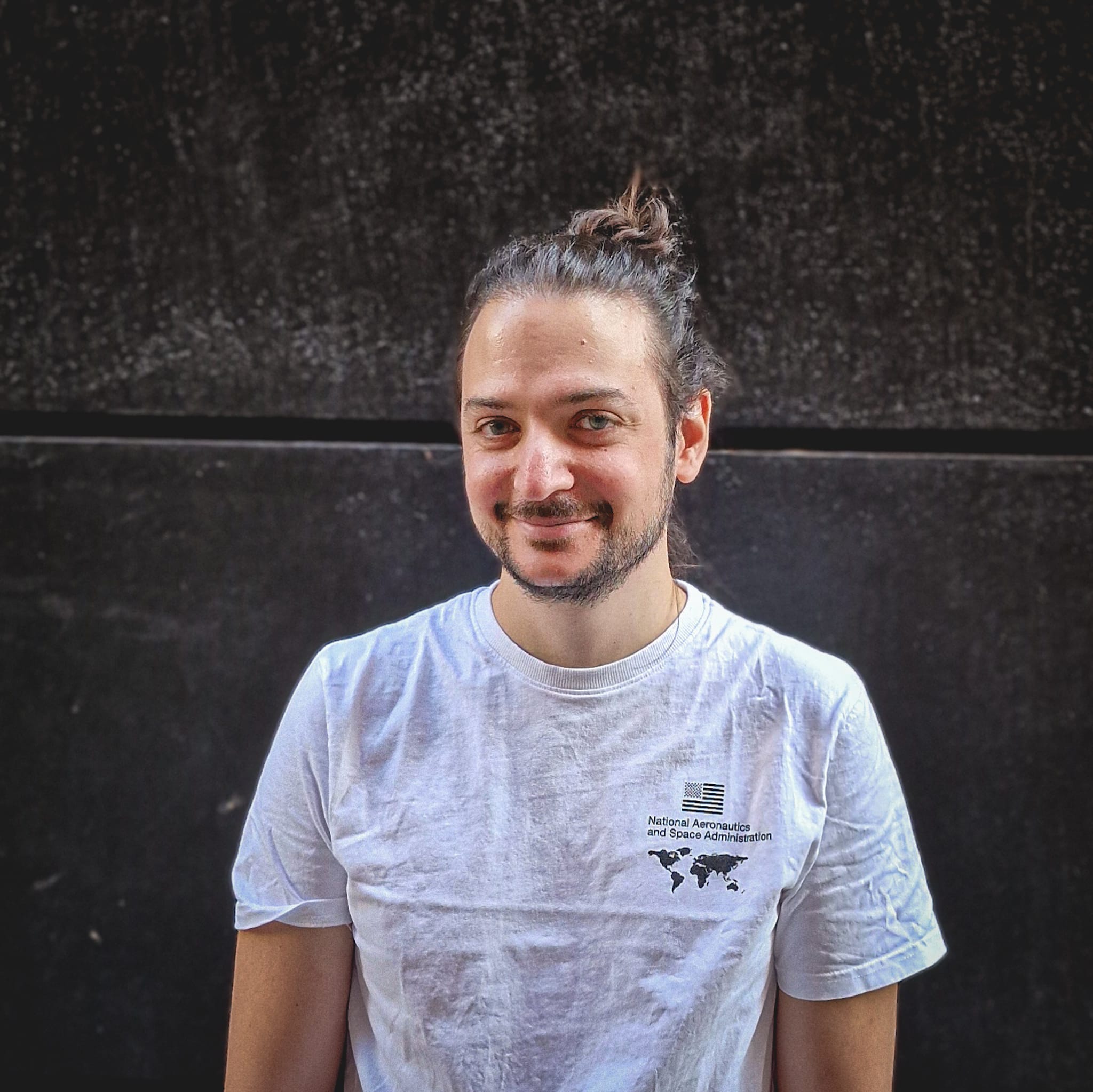
In 2023, I pursued my Ph.D. at the University of Siena in experimental physics after studying young massive star clusters as high-energy astrophysical sources. Afterward, I spent one year as a postdoc at the INAF-Osservatorio Astrofisico di Arcetri, collaborating with the HEAg group. I joined right after the VHEGA group at the Instituto de Astrofísica de Andalucía in 2024. I am an active member of several international collaborations, such as the CTA, MAGIC, LST-1, and ASTRI. As a member of CTA, I've contributed to the development of the star-forming-region key science project. My field of expertise deals with star clusters as cosmic-ray accelerators and gamma-ray sources. Part of my research foucses on the Cygnus OB2 star cluster, and the interpretation of its gamma-ray emission. I also investigate the contribution of young star clusters to the diffuse galactic gamma-ray emission. As an additional line of research, I also study how the accelerated particles from star clusters can ionize and affect the interstellar medium in their neighborhood.
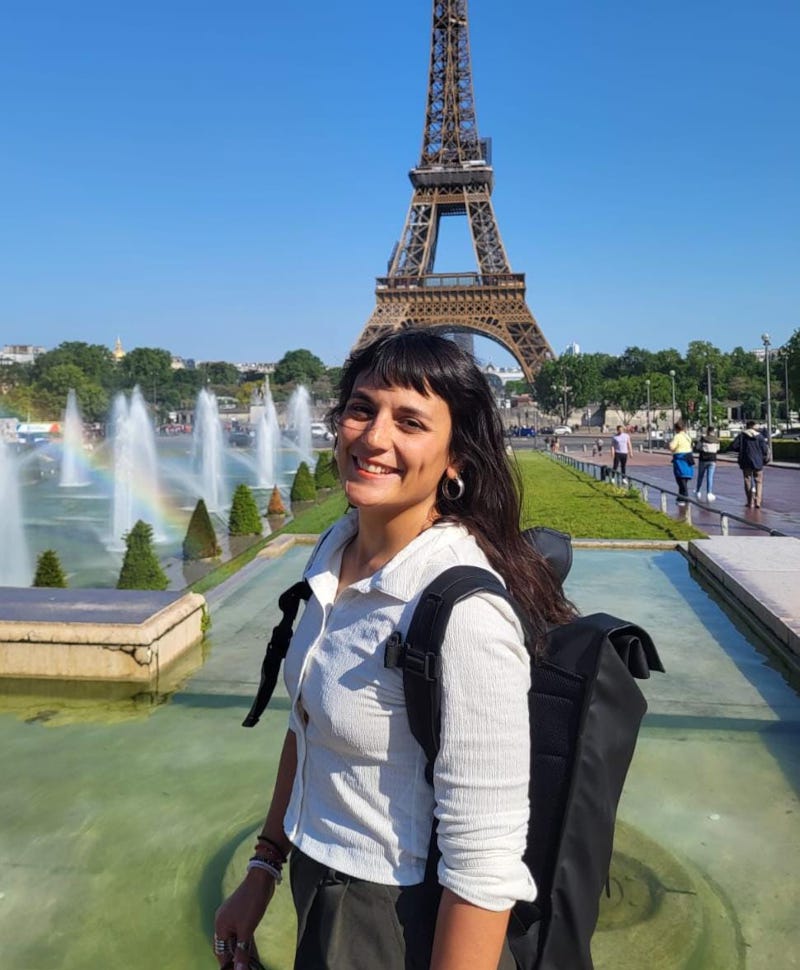
I joined the VHEGA group at the Instituto de Astrofísica de Andalucía in Granada as a postdoc on July 1st, 2024. I began my academic journey with a Master's degree in Astronomy from the National University of La Plata, Argentina, in 2016. My research focused on the association of X-ray sources with unidentified Fermi gamma-ray sources, sparking my interest in high-energy astrophysics. In 2021, I completed my PhD at the Argentine Institute of Radio Astronomy. My thesis, "Production and Propagation of Gamma Radiation in Galaxies with Active Star Formation," used a multi-wavelength approach to explore gamma radiation in star-forming galaxies, contributing valuable insights to the field. During my PhD, I also took on a side project, collaborating on the PuMa (Pulsar Monitoring in Argentina) project. In 2022, I joined the Observatoire de Paris as a postdoctoral researcher and became a member of the CTA collaboration. As part of the CTAO, I developed tools related to CTA ObsCore metadata in Gammapy and was actively involved in the CTA Star Forming Regions working group. Currently, at the IAA in Granada, I have joined the LST collaboration with the objective of participating in data analysis, primarily of galactic objects linked with star-forming environments. Additionally, my research interests include the study of pulsar wind nebulae and non-thermal emission from galactic winds.
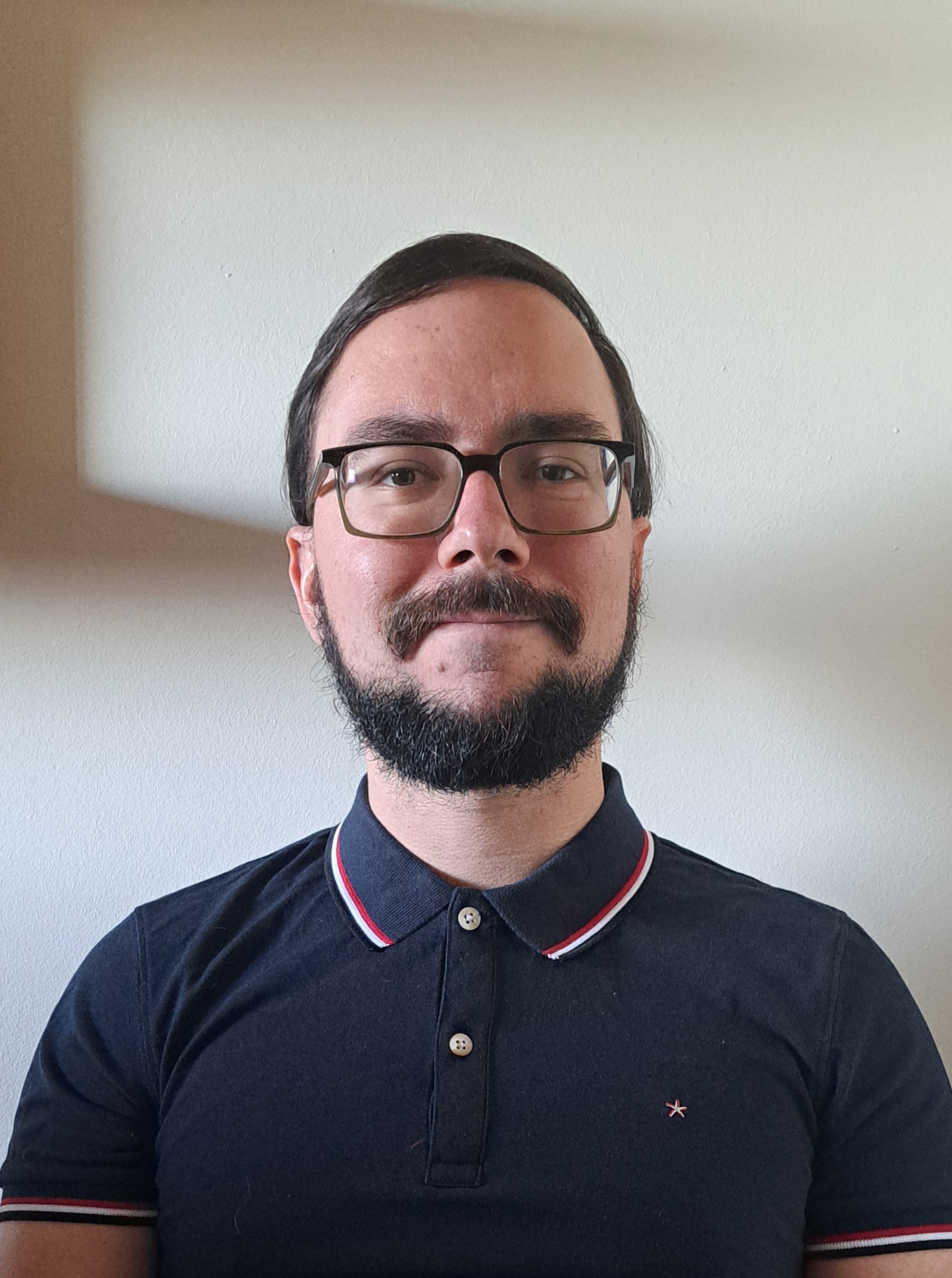
My research activity started in Paris in the Laboratoire de Physique Nucléaire et des Hautes Energies where in studied blazars variability and multi-wavelengths and multi-messengers properties. Blazars are active galactic nuclei with emissions dominated by their relativistic jet pointing toward us. My phd work on this subject was performed in the H.E.S.S experiment, observing the very-high-energy gamma-ray sky, and ended in 2020. H.E.S.S. is an array of Imaging Atmospheric Cherenkov Telescopes as will be the future Cherenkov Telescope Array Observatory (CTAO). After my Phd, my activities transitioned from the existing experiment to future of the field : CTAO. In particular, I joined the LST project, responsible for the commissioning of the first telescope of CTAO, and contributed both to the development of the analysis and reconstruction software for LST and CTAO. I have been involved in most level of the analysis pipelines, from calibration and low-level reconstruction to the evaluation of instrument response fonction and the creation of high-level analysis products exploitable for scientific interpretation. In parallel, I participated to multiple scientific studies. Including my continued participation to the study of blazars variability, but also a new subject : the investigation of the properties of a galactic hadronic PeVatron candidate. After joining the VHEGA group at IAA in December 2024, I continue my study of blazer variability in a multi-wavelength context while extending my range of wavelengths of expertise. While remaining in LST and CTAO, I am now starting to get involved IXPE data analysis and with the Sierra Nevada Observatory and IRAM 30m telescopes.
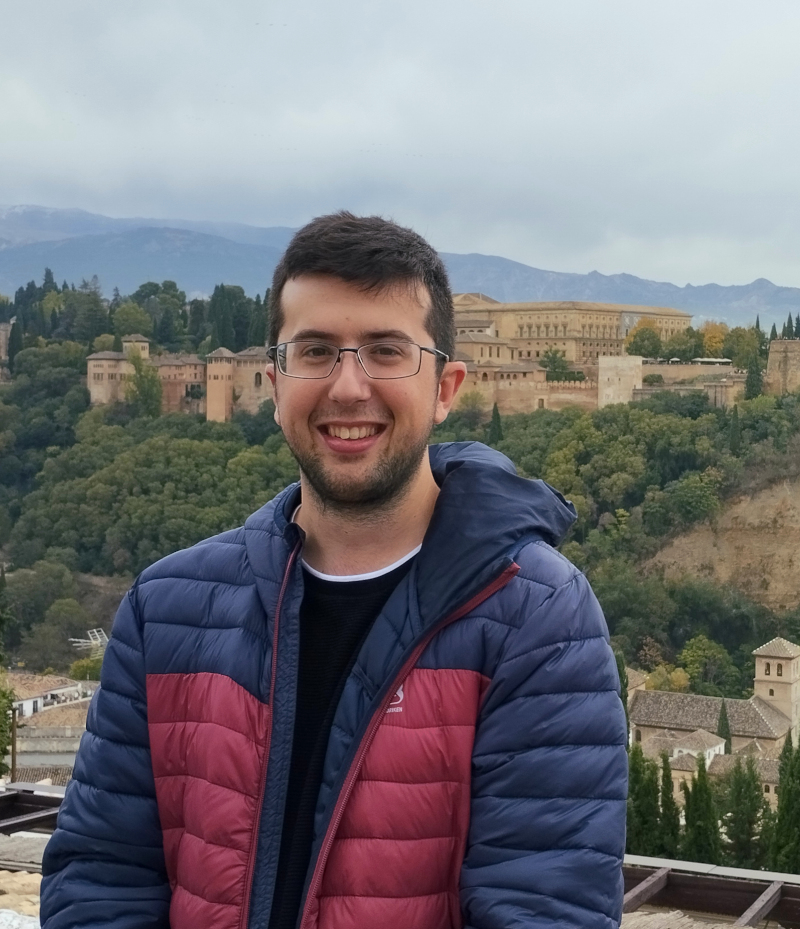
I obtained my bachelor's degree in Physics at the Complutense University of Madrid where I also completed my master's degree in Astrophysics. My interest in the CTA project led me to start my PhD in the VHEGA group at the end of 2023. My thesis will focus on the study of the acceleration of galactic cosmic rays within star forming regions. Additionally, handling and processing data from the MAGIC and LST-1 telescopes will be a key aspect of my thesis.
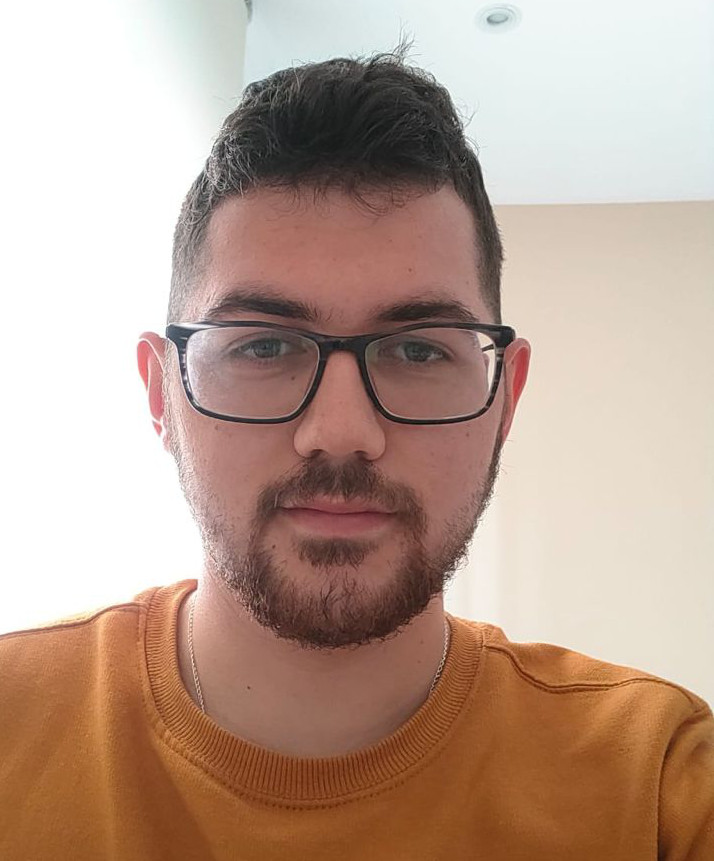
Since March 2024 member of the VHEGA group, after graduating as a mathematician from the University of Granada (UGR) and obtaining a master degree in Physics and Mathematics with specialization in Astrophysics (UGR). I first started in the group as a JAE INTRO ICU researcher, secondly as a PhD student since the end of 2024. My interests in CTAO are mainly focused on the study of very high energy gamma-ray pulsars. In addition, I will also carry out a comparative study with Fermi-LAT data.
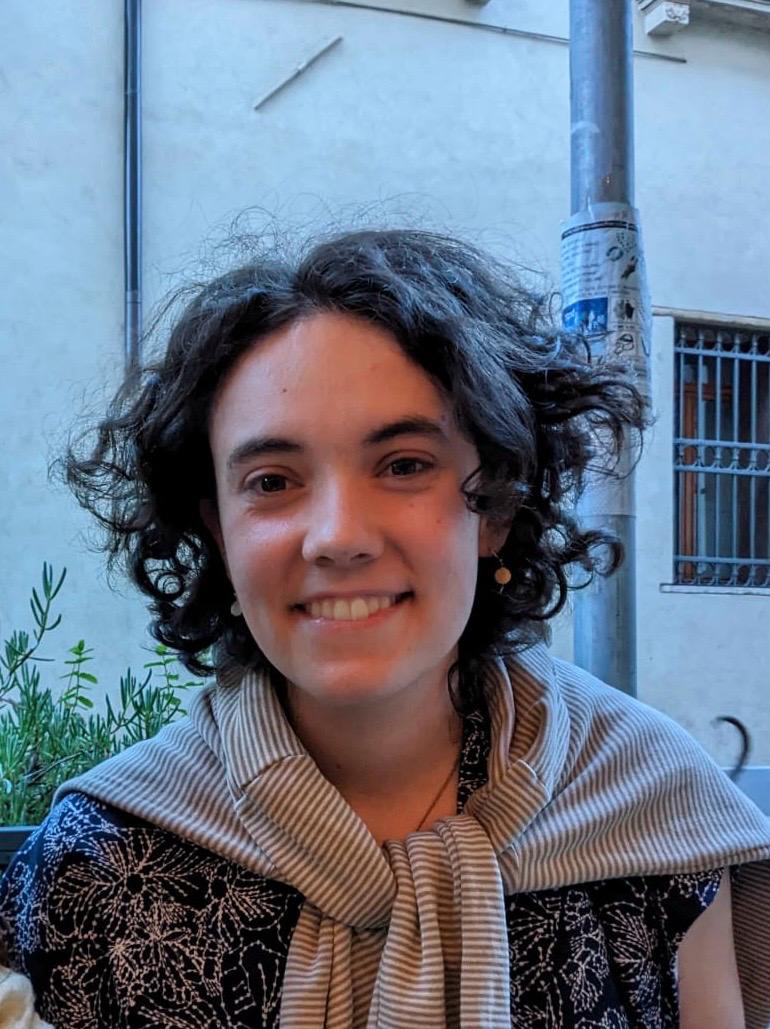
In 2021, I obtained my bachelor’s degree in Physics at the Ludwig-Maximilians-University (LMU) in Munich, Germany, working with the MAGIC telescopes at Max Planck Institute for Physics (MPP) for my thesis. I continued my studies at LMU with a master’s degree in Astrophysics until 2024. During this time, I also did an Erasmus+ study and internship at the University of Padua (UniPD) in Italy and finally stayed there to carry out my master’s thesis at the INFN Padua. In May 2025, I joined the VHEGA group as a new PhD researcher, with a predoctoral contract from Junta de Andalucía. My research will focus on galactic sources of very- and ultra-high-energy gamma rays and potential optical emission from counterparts. I am interested in studying the potential of different types of sources to accelerate particles to PeV energies to understand more about the origins of highly energetic galactic cosmic rays.
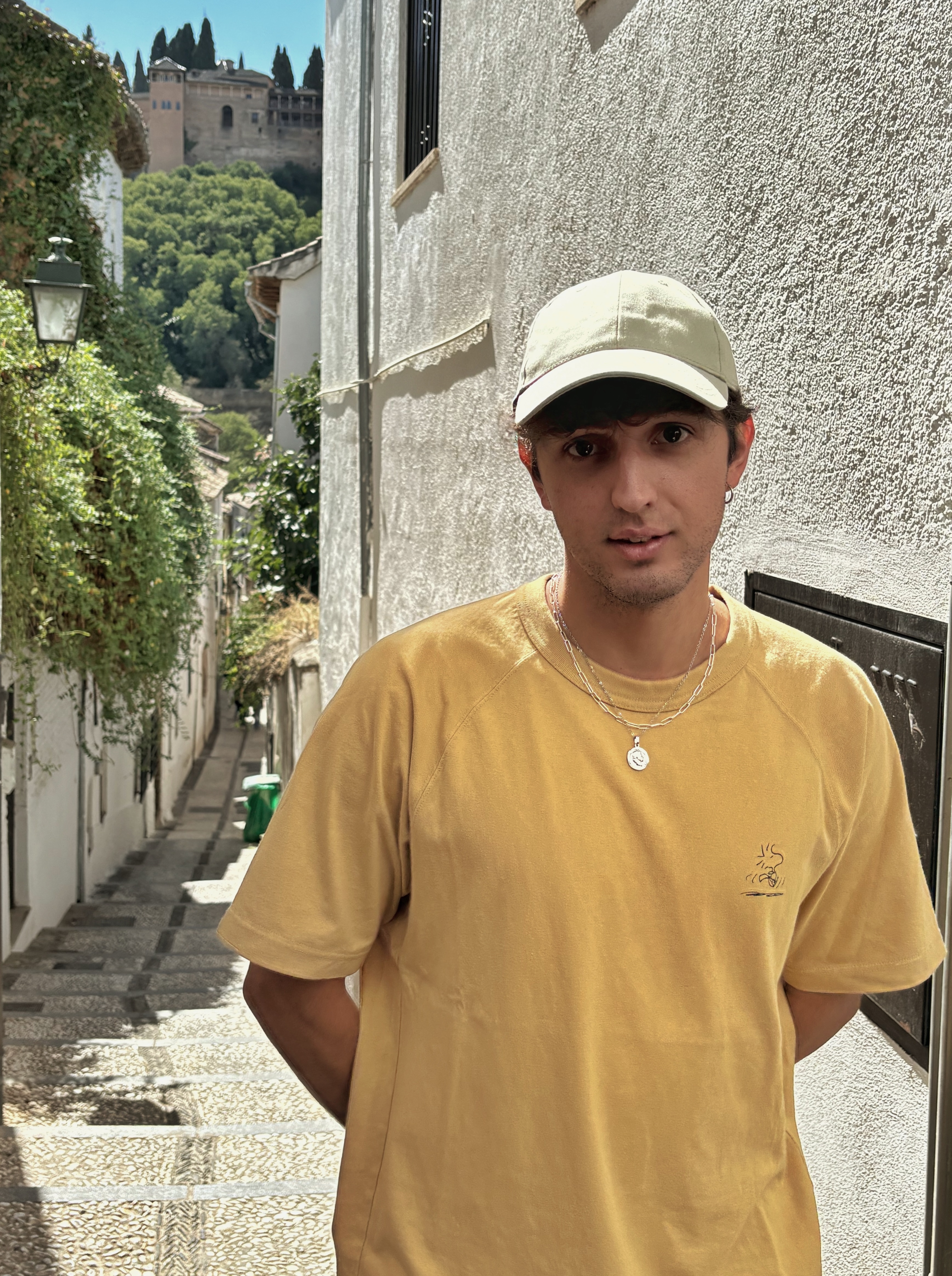
I studied Physics at Universidad de Sevilla, where I consistently sought to develop projects and specialize in numerical physics applied to hydrodynamical systems. As part of an Erasmus year at Université Paris-Saclay, I carried out a research internship at École Normale Supérieure, working on numerical problems in MHD models.
I later pursued an MSc in Theoretical Physics and Mathematics at Universidad de Granada, where I conducted my Master’s thesis within the VHEGA group thanks to a JAE Intro fellowship. My thesis involved performing hydrodynamical simulations of stellar cluster wind bubbles with the PLUTO code, and developing a numerical solver for the cosmic-ray transport equation in these profiles.
I am now starting my PhD with an FPU fellowship, with the goal of developing numerical models for astrophysical environments where high-energy emission plays a central role.
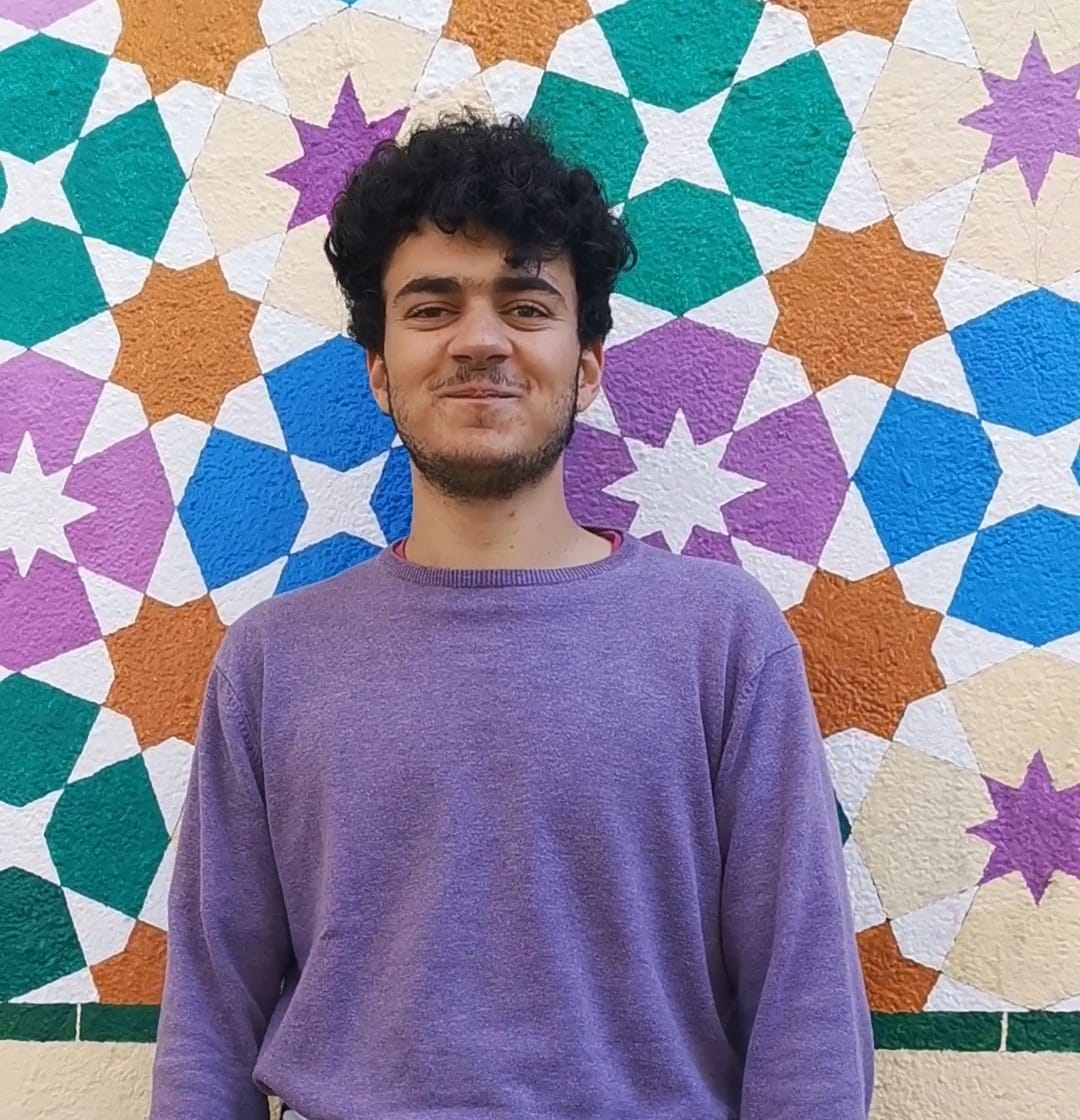
I have been a member of VHEGA since July 2025. I hold a degree in Physics from the Autonomous University of Madrid (UAM). During my undergraduate studies, I participated in several short schools focused on particle physics, astrophysics, and cosmology. I spent one academic year at the Autonomous University of Barcelona (UAB) as a SICUE exchange student.
I pursued a Master's degree in Physics with a specialization in Astroparticle Physics and Astrophysics at the University of Granada (UGR). My first involvement with VHEGA was as a JAE-Intro researcher, during which I conducted my Master Thesis on the phenomenology of a particular blazar, searching for potential signatures of axion-like particles.
My main research interests lie in dark matter and blazar physics. I am an active member of several international collaborations, including CTAO LST-1, MAGIC and POLAMI. Within VHEGA, I contribute to the long-term monitoring of certain blazars through multi-wavelength analysis, aiming to deepen our understanding of blazar phenomenology.
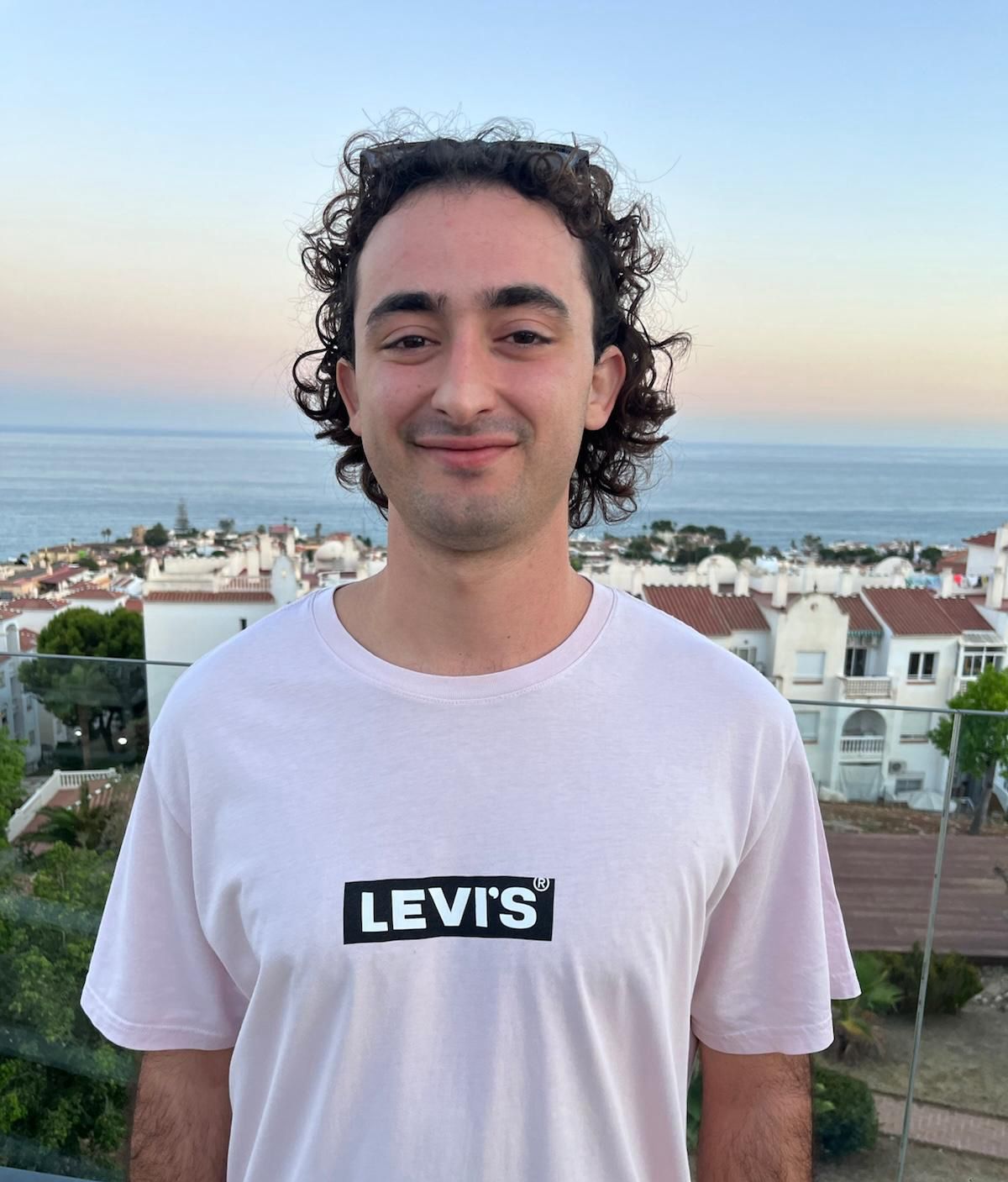
In 2024, I obtained my bachelor's degree in physics from the University of Granada (UGR), with a final thesis studying the kill zone of Supernovas with data from SITELLE. During my undergraduate studies, I also spent a year at the University of Padova with the Erasmus exchange program. In my time there I started to work in computational astrophysics, and to deepen my knowledge in astronomy. I graduated from UGR’s FisyMat master program specializing in Astrophysics. My recent master thesis focused on characterizing AGNs based on their environment and internal properties. Currently, I am part of the VHEGA group as a JAE-Intro researcher, focusing on Blazar data analysis, with observations of gamma-rays and X-ray polarization.
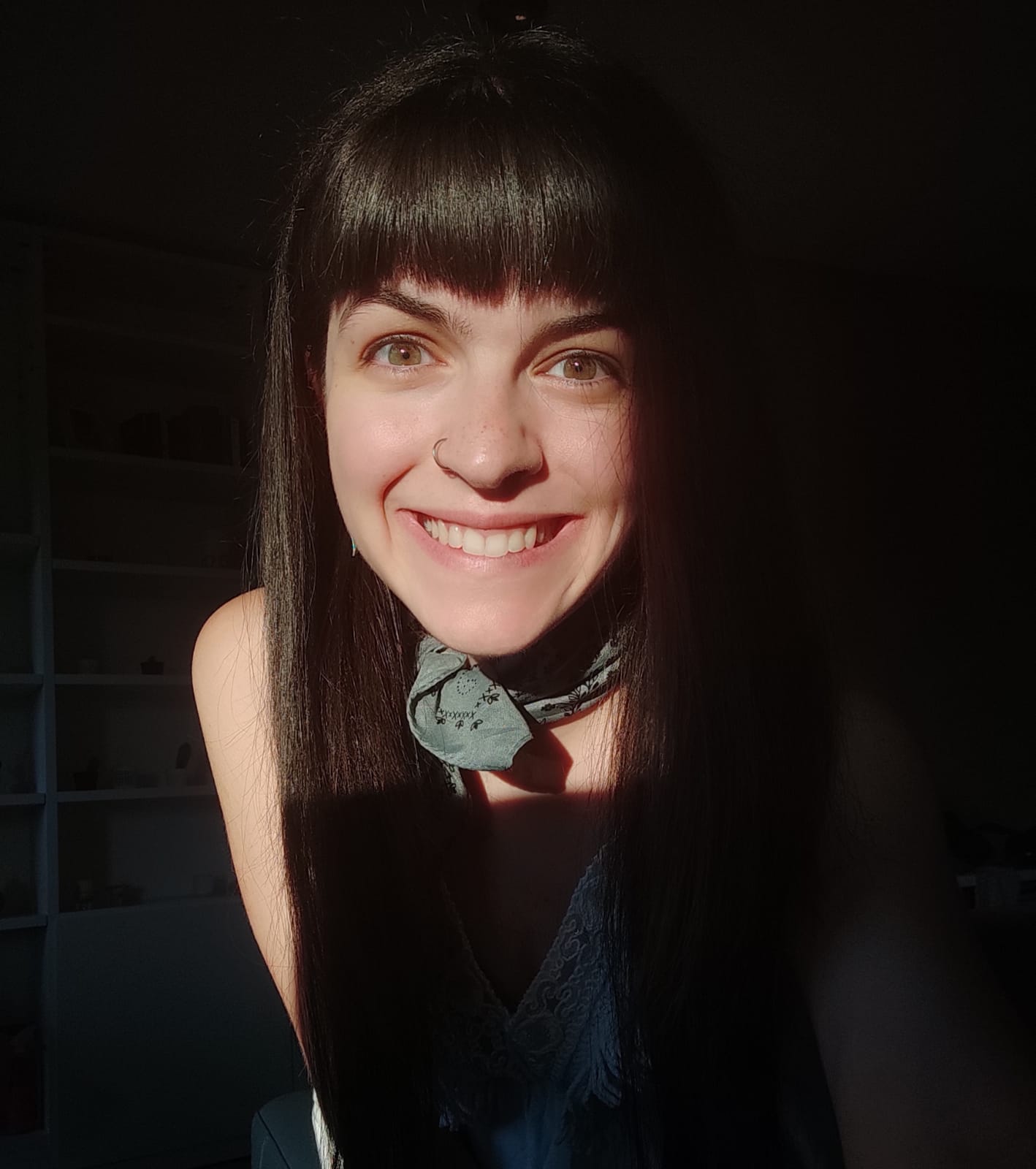
I graduated with a BSc in Astronomy at the Alma Mater Studiorum - Università di Bologna (Italy) in 2022. Now I am in the last year of my MSc in Astrophysics and Cosmology at the same University. During the first year, I spent one semester at Freie Universität (Berlin, Germany) focusing on the study of Plasma Physics and Magnetospheres. I have joined the VHEGA group through the Erasmus+ program and my work here will focus on AGN data analysis and possible future Earth-based and space-based missions that will improve the current state of the art of high energy observations.
External collaborators:

In March 2023, I received my Ph.D. in astrophysics at the Complutense University of Madrid, where I worked in the High-Energy Physics Group. During this time, I used the CORSIKA air shower simulation tool to investigate the impact of atmospheric fluorescence emission on Cherenkov telescopes. As a member of the LST Collaboration and the CTAO Consortium, I contributed to developing the analysis library for the Large-Sized Telescope prototype (LST-1) data. I participated in the task force that studied the telescope's performance. Moreover, I was the lead developer of the telescope's onsite analysis chain and was in charge of the data processing. I have also been part of the MAGIC Collaboration, where I worked on characterizing the multiwavelength emission from blazars. Within this collaboration, I was also a member of the Software Board, supervising and maintaining the onsite analysis of the telescope data. My work in the VHEGA group focuses on the development of Gammapy, an open-source analysis library for multi-instrument gamma-ray data, the official science tool of CTAO.
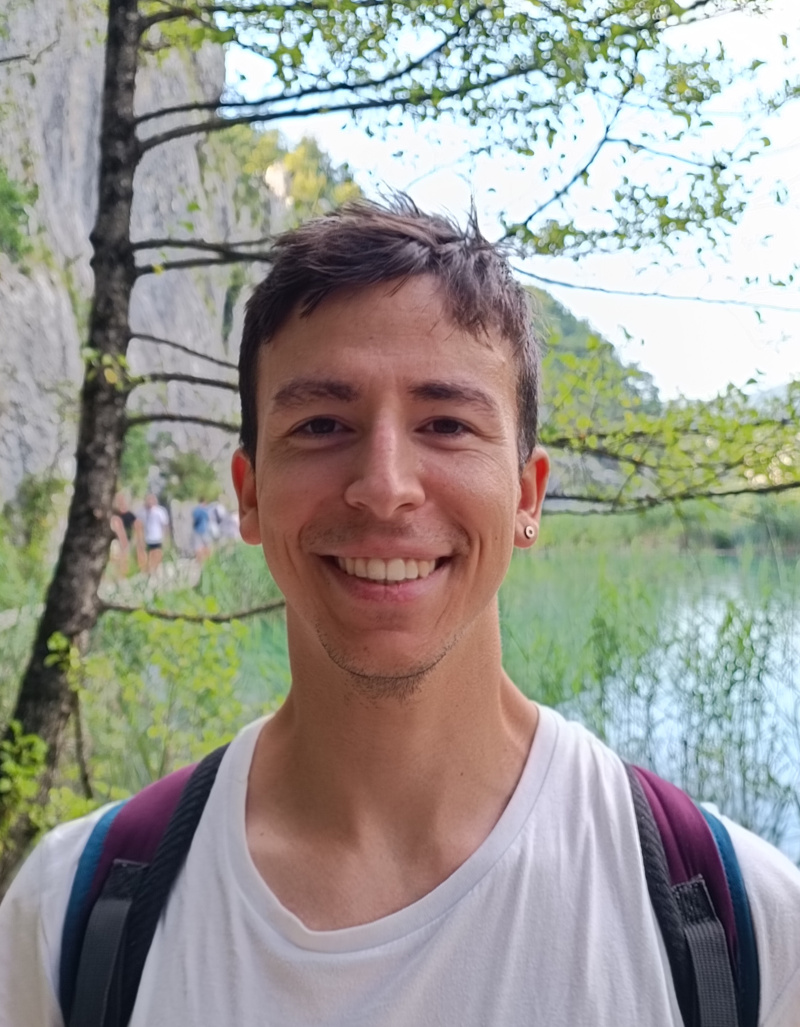
I joined the group in Fall 2020 as a PhD student after graduating from Complutense University of Madrid (UCM) with a B.Sc. in Physics in 2019 and earning a M.Sc in Theoretical and Particle Physics (UAM + IFT-CSIC) in 2020. My current interests are astronomy and astrophysics of AGNs, relativistic jets and other blazar related phenomena, particle and fundamental physics. I also love computing and technology, both of which are very present in my daily work, where coding software and visiting the most-advanced laboratories and observatories is a must. I defended my thesis in September 2024, and moved to the United States to continue my research at the Harvard-Smithsonian Center for Astrophysics.
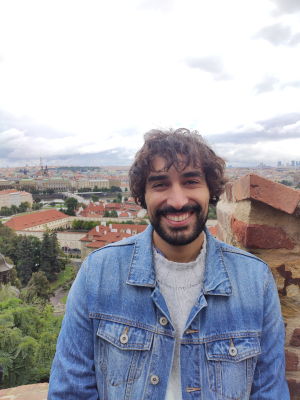
I joined the VHEGA group of the IAA as a postdoc researcher after completing my PhD in the IAC (Tenerife) in February 2023, focused on the study and understanding of the variability observed from blazars. This type of Active Galactic Nuclei, with a relativistic jet pointing towards the Earth, is characterized by very unpredictable and still not completely understood patterns of flux variations. They are also one of the few sources able to accelerate particles up to gamma-ray energies.
I have been involved in multiwavelength studies of blazars, mainly in the optical and gamma-ray bands. In this context, I have been an active member of the MAGIC Collaboration the from 2018, where I acted as data analyst, flare advocate and shifter for the collaboration. Among my research activities, I have conducted photo and spectropolarimetric variability studies of blazars on different timescales, including data in all the electromagnetic spectrum from radio to very-high-energy gamma rays, highlighting my experience in the usage of MAGIC and Fermi-LAT data. I have also been part of an optical monitoring program of blazars carried out with telescopes in the Observtorio del Teide in Tenerife, working with members of the Whole Earth Blazars Telescope (WEBT) collaboration.
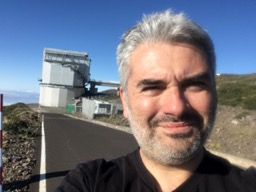
Until December 2021 a full member of the VHEGA group, I moved to Brera Astronomical Observatory, in Milan, as a Staff Researcher of Istituto Nazionale di AstroFisica (INAF), but keep on collaborating intensively to the activities. I had joined IAA and the group in November 2020, through a post-doc fellowship supported from the State Agency for Research of the Spanish MCIU through the “Center of Excellence Severo Ochoa” award to the Instituto de Astrofísica de Andalucía (SEV-2017-0709). A member since 2006 of the MAGIC Collaboration, and a member of the ASTRI collaboration since the foundation of the project, I have a long expertise in Cherenkov Astronomy, with focus on blazar studies. In particular I am interested in multi-wavelength coordinated studies of blazars, extreme blazars, and the topics of cosmology (Inter-Galactic Magnetic Fields, Extra-galactic Background Light) and fundamental physics (Axion-Like Particles, Lorentz Invariance Violation) that can be tackled studying multi-TeV emitting blazars. So far one of the coordinators of the Extragalactic Physics Working Group within MAGIC (since August 2018), I currently coordinate long-term programs of blazar monitoring and Target of Opportunity observations in optical photometry (with observations at the Sierra Nevada Observatory, and with the robotic telescopes of the world-wide BOOTES Network) and in optical polarimetry (with the “TOP-MAPCAT” long-term program at Calar Alto Observatory, and again at the Sierra Nevada Observatory).
Former Members
† In Memoriam: Pablo Guzmán Sánchez (July 23, 2025) RIP †
"May your code live on in every project, and your memory in every heart."

With a Bachelor's in Computer Science from the University of Granada in 2004, I embarked on a journey of continuous learning and growth. This academic pursuit led me to pursue Master's degrees in Computer Science and Computer Architectures and Networks, both culminating with distinction from the University of Granada in 2008 and 2010, respectively. My academic journey reached its pinnacle with a PhD in Computer Science from the same institution in 2015, where my thesis focused on "Implementation of Models for Image Processing Applications with Real-Time Constraints," earning me the highest distinction of cum laude. Additionally, I had the opportunity to enrich my academic experience with a seven-month research stint at the University of Linköping, Sweden. Transitioning to my professional journey, I began my career as a Software Developer & Technical Engineer at Doppelmayr Spain(Transportes por Cable S.A.U.), before delving into freelance software development. In 2015, I embraced the realm of computer vision engineering, starting as a Computer Vision Engineer at Adasens Automotive GmbH, where I honed my skills in embedded software development and research in computer vision projects. Subsequently, I held pivotal roles at Oosto, DENSO ADAS Engineering Services GmbH, and Ubyko, where I focused on deep learning optimization, computer vision development, and integrating DL models into embedded systems. My rich academic foundation and extensive professional experience underscore my expertise in computer science and computer vision.
With deepest respect and admiration,
Your colleagues and friends from the Vhega Group.


